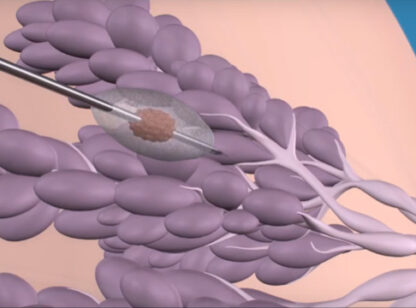Which came first, the chicken or the egg? This question has a new application for me as I pursue optimal brain function for patients. For most of my “doctor life” I’ve believed brain function to be dependent on the right environment and care – a fragile organ sustained by the right brew of vitamins, nutrients and hormones. In other words, I was more enamored with physiology than anatomy as I believed anatomy was static and that which we had at birth.
But there is a basic premise in science that form dictates function. I’ve “dusted off” this perspective as I have pursued further understanding of brain performance and am in awe of our complexity as conscious creatures.
The physical structure of the brain includes white matter and grey matter, an inner and an outer layer. Concealed in this tissue are millions of highly adapted, elongated cells called neurons – with star-like projections – meant to connect with their neighboring cells. These connections occur through neurotransmitter hormones but are also highly dependent on electrical voltage. The ability of the brain to create this electrical voltage requires intact structures. True, there must be a myriad of chemical players present, but electrical voltage creation varies based on the preservation, connection and structure of the neurons.
Insults that harm these neurons can include toxins in the environment, brain trauma such as concussions or worse, but most commonly circadian rhythm disruption. Our brain performs trillions of “computations” every day. The world’s greatest super-computer can only perform a small fraction of what our brain can do in one day – and takes rooms of cooling fans to keep it functional.
So how does our brain function and not overheat? It is dependent on shifting to slower electrical frequencies to cool off. This is one of the most important functions of sleep because during deep or light sleep our brain operates at states that allow for regeneration through cooling.
The circadian rhythm is controlled by our exposure to light and when we start our day with light in the outdoor blue-light spectrum, it suppresses melatonin so that we can stay alert and functional during daylight hours. Approximately 14 hours later, this suppression eases off and our melatonin begins to increase, preparing us for sleep. When we work with this cycle, we support our brain in resetting for work the next day, and we allow cooling from the previous day’s exertion. The circadian rhythm preserves the function of the neurons in creating electrical voltage, which in turn secures the physical connection of the neurons – or what we call neuroplasticity.
While there are many new interventions to support brain health, the simplest first step is to rebuild the circadian rhythm by spending 30-45 minutes outside in the morning without glass blocking the daylight wavelengths. We are at an amazing place in history where emerging brain treatment techniques can support resolution of anxiety, depression, cravings, insomnia, poor memory and injury. The interplay of optimal metabolic, structural and electrical function is becoming a reality through the advances we see in medicine today.
Dr. Brossfield practices functional medicine for men and women at her practice, XO Health, in Rancho Mirage and can be reached at (760) 573.2761.













































Comments (0)